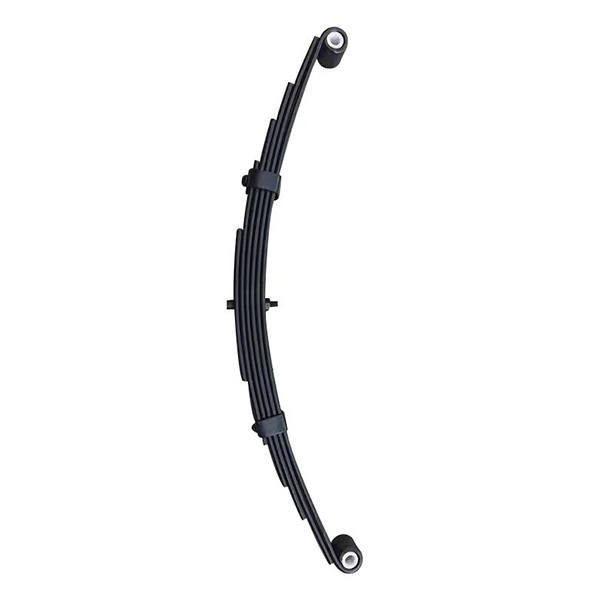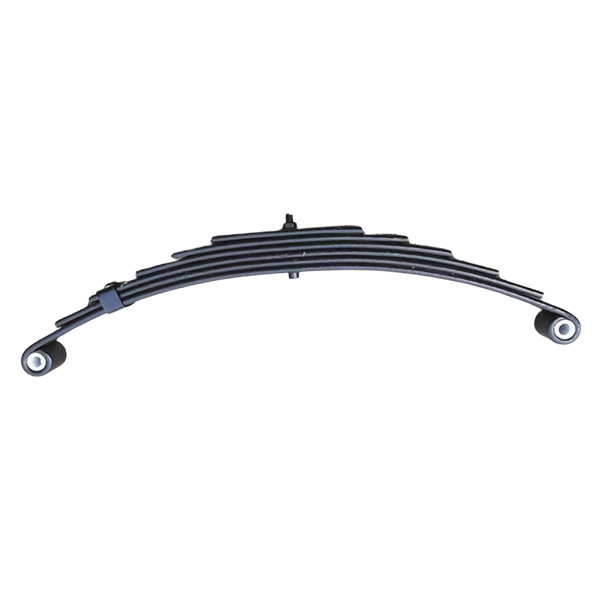
Understanding OEM and Aftermarket Leaf Springs
Leaf springs are essential components of vehicle suspension systems, providing load support, stability, and shock absorption. When it comes to replacement or upgrades, buyers typically choose between OEM (Original Equipment Manufacturer) and aftermarket leaf springs. Understanding the differences, benefits, and drawbacks helps in selecting the right solution for trucks, trailers, and commercial vehicles.


Pros and Cons of OEM Leaf Springs
· Pros:
· Guaranteed Fit and Compatibility – Designed specifically for the vehicle model.
· High-Quality Standards – Manufactured to meet OEM specifications, ensuring durability.
· Maintains Vehicle Warranty – Using OEM parts avoids warranty issues.
· Cons:
· Higher Cost – OEM leaf springs are generally more expensive than aftermarket alternatives.
· Limited Customization – Standard designs may not suit specialized load or off-road needs.
· Availability – May require longer lead times or be limited to authorized dealers.
Pros and Cons of Aftermarket Leaf Springs
· Pros:
· Cost-Effective – Generally more affordable, offering value for budget-conscious buyers.
· Variety of Options – Available in different load capacities, materials, and designs.
· Performance Upgrades – Some aftermarket springs are designed for heavy-duty or off-road use.
· Cons:
· Quality Variability – Product performance depends on the manufacturer’s standards.
· Fit Issues – Improper fit can lead to reduced performance or vehicle damage.
· Warranty Limitations – May not be covered under the vehicle’s warranty.
How to Choose the Best Leaf Spring Brand
1. Check Certification and Standards – Look for ISO, SAE, or ECE-certified products.
2. Assess Material and Durability – High-strength steel or alloy springs last longer and handle heavier loads.
3. Evaluate Supplier Reputation – Consider reviews, industry experience, and track record.
4. Consider Application Needs – Heavy-duty, off-road, or fleet vehicles may require reinforced or multi-leaf designs.
5. Compare Warranty and Support – Reliable suppliers provide warranties, technical guidance, and after-sales support.
6. Test Performance When Possible – Load testing and durability assessments ensure optimal function.
Benefits of Selecting the Right Leaf Spring
· Enhanced Vehicle Stability – Proper springs maintain ride comfort and handling under heavy loads.
· Reduced Maintenance Costs – High-quality springs resist wear, corrosion, and fatigue.
· Improved Safety – Reliable suspension prevents accidents and enhances braking performance.
· Optimized Fleet Operations – Consistent quality across vehicles reduces downtime and replacement frequency.
Conclusion
Choosing between OEM and aftermarket leaf springs requires balancing cost, quality, and specific vehicle needs. Importers, distributors, and fleet operators should focus on certified, durable brands with strong after-sales support to ensure safety, performance, and long-term value.
Meta Description:
Explore the pros and cons of OEM vs aftermarket leaf springs. Learn how to choose the best brand for trucks and trailers to ensure durability, performance, and cost-effectiveness.





